Siroko (Spain) - How to layer up for hiking, trekking and outdoor sports
Properly choosing, combining and layering your clothes for a day out in the mountains is a fundamental skill, essential not only for comfort and protection against varying weather and temperatures, but also for fully enjoying outdoor activities like hiking or trekking. Whether you’re out on a hike for just a few hours or several days, knowing how to layer up can make a difference and turn what should be a comfortable and enjoyable experience into a difficult situation you wouldn’t want to repeat. In this basic guide, we’ll dive into different types of essential items of clothing and how to layer them, as well as some extra tips that will ease you into the task:
What does “layering up” really entail?
When you layer up, you’re essentially working with three or four pieces of clothing that, together, promote temperature regulation and full protection against all the different weather conditions you may encounter outdoors. This means that, depending both on the climate (temperature, humidity, wind…) and the intensity of the activity, you will be able to either take off or put on layers to protect yourself accordingly.
TIP: A good way to become familiar with layering up is wearing less clothes than you normally would at the beginning of your hike, and start gradually adding layers as you go forth. You’ll prevent excessive sweating this way, which can quickly lead to getting cold, especially in low temperatures.
Base layer: To keep you dry
The main purpose of a base layer is to wick away sweat to prevent your body from getting cold, being the first piece of clothing directly in contact with your skin. Opt for breathable and quick-drying materials such as polyester or merino wool.
TIP: Try to avoid cotton-based clothing, as it takes too long to dry, retains moisture and doesn’t allow your body to regulate temperature effectively.
Mid-layer: To keep you warm
This next layer allows for just the right amount of body heat retention. It could be either a lightweight sweatshirt or a lightweight insulated jacket, as long as it is breathable enough. When it comes to materials, these can be either synthetic or natural (such as down), but the garment should always feel lightweight. For lower temperature conditions, you can go for clothing with higher GSM insulation levels. And if you’re looking for total ease of movement on your arms without compromising body temperature around your torso, an insulated vest is a great option.
Outer layer: To protect your body against all weather conditions
- Hardshell jackets and pants: Although not as breathable as softshell garments, hardshell ones guarantee superior protection against wind, rain and snow, as they are completely waterproof, made of durable, resistant fabrics, and specifically designed for harsh weather conditions. They typically feature two different layers: a waterproof exterior and an inner membrane, with or without lining.
- Softshell jackets and pants: On the other hand, softshell garments are more breathable, but not fully waterproof. Their insulating and water-resistance properties can vary depending on the design, the materials, and the different layers and coatings used. They are made of either two or three layers. Two-layer softshell garments lack a membrane, unlike three-layer ones, which guarantee extra protection against wind and rain while still providing breathability. Both types can feature either a fleece lining or a brushed inner fabric for added comfort and warmth.
Taking these features into account, depending on the weather conditions and the type of garment, a waterproof hardshell jacket can be worn over a lightweight and compact softshell jacket to guarantee both water-resistance and breathability.
How to layer up for summer
In warm weather conditions, wearing two layers of clothing should be more than enough. A breathable t-shirt, either short or long sleeve, works perfectly as a base layer. As an outer layer, you can wear a sweatshirt, a lightweight fleece pullover or even a softshell jacket if you tend to get cold easily. Convertible pants are a good, practical choice, as you can easily unzip the knees to turn them into shorts. And just a reminder: please, make sure to wear sunscreen at all times, and protect your head with a hat or cap.
How to layer up for transitional seasons
Weather during transitional months can be quite unpredictable, so versatile, lightweight and functional clothes are a must. You can choose to wear either two or three layers: Start with a light, thermal base layer, followed by a fleece pullover, technical sweatshirt or light softshell jacket as a mid-layer; and always keep a waterproof jacket in your backpack, especially if it’s about to rain.
How to layer up for winter
Cold weather comes with higher risks, so always start off with three layers, adding a fourth in harsher weather. In this case, opt for a thicker thermal base layer, add a mid-layer with superior insulation, and top it off with a waterproof hardshell jacket as an outer layer, to fully protect your body against cold, wind and snow.
Tips for layering up
- Dress according to the activity and the weather. Carefully plan your outings beforehand to know how intense the activity will be and what weather conditions you might encounter. For warmer temperatures, wearing a technical t-shirt and shorts (remember to avoid cotton) should be enough, but it’s always a good idea to bring a lightweight mid-layer and a rain jacket just in case, especially on days-long adventures.
- Prioritize comfort, versatility, lightness and high-quality. The clothes you choose to wear don’t have to be the most expensive on the market. They just need to be functional and easily packable. Thick fleece pullovers or a jackets with higher GSM insulation are best avoided, since they are bulky and a hassle to carry around.
- Details that make the difference. It’s not all about materials and fabrics, as those little design details that complete a garment, such as pockets, zippers, hoods, drawstrings and ventilation areas, can provide extra protection and versatility without having to add or remove any layers.
- Remember to protect your feet as well. Comfort is key at all times, but especially when it comes to your feet. Keep in mind you’ll be walking for long hours. For winter, a good pair of thermal socks are essential, and the same goes for lightweight, breathable ones in the summer. For shoes or boots, wear ones suitable for the type of terrain you’ll be walking on, the intensity of the route and the weather conditions. Waterproof footwear is also advisable, and it’s also a good idea to keep a pair of waterproof gaiters in your backpack just in case.
Exposed skin must be well protected
Don’t forget that accessories can also make the difference and provide even more comfort and ultimate protection, especially around exposed areas more vulnerable to the cold and wind:
- Caps, beanies, hats or ear warmer headbands.
- Neck warmers or balaclavas to protect your face.
- Thin gloves as base layer, and thermal gloves/mittens for low temperatures.
- Sunglasses to protect your eyes against the wind and snow.
- Sunscreen. Not an accessory, but still, it never hurts to protect your skin all day at all times, regardless of the season.
So, this was our basic guide on how to layer up and fully enjoy your favorite outdoor activities. Now the weather won’t stop you from making the best out of all your hikes. And remember, get yourself well equipped for your next outing, beware of every step you take and enjoy the view.
Enjoy Extra Discount on your Siroko Gear:
Use BIKETODAY code and get Extra Discounts on all Siroko products for Cycling, Fitness, Snow, Golf, Adventure and Lifestyle here srko.co/biketoday












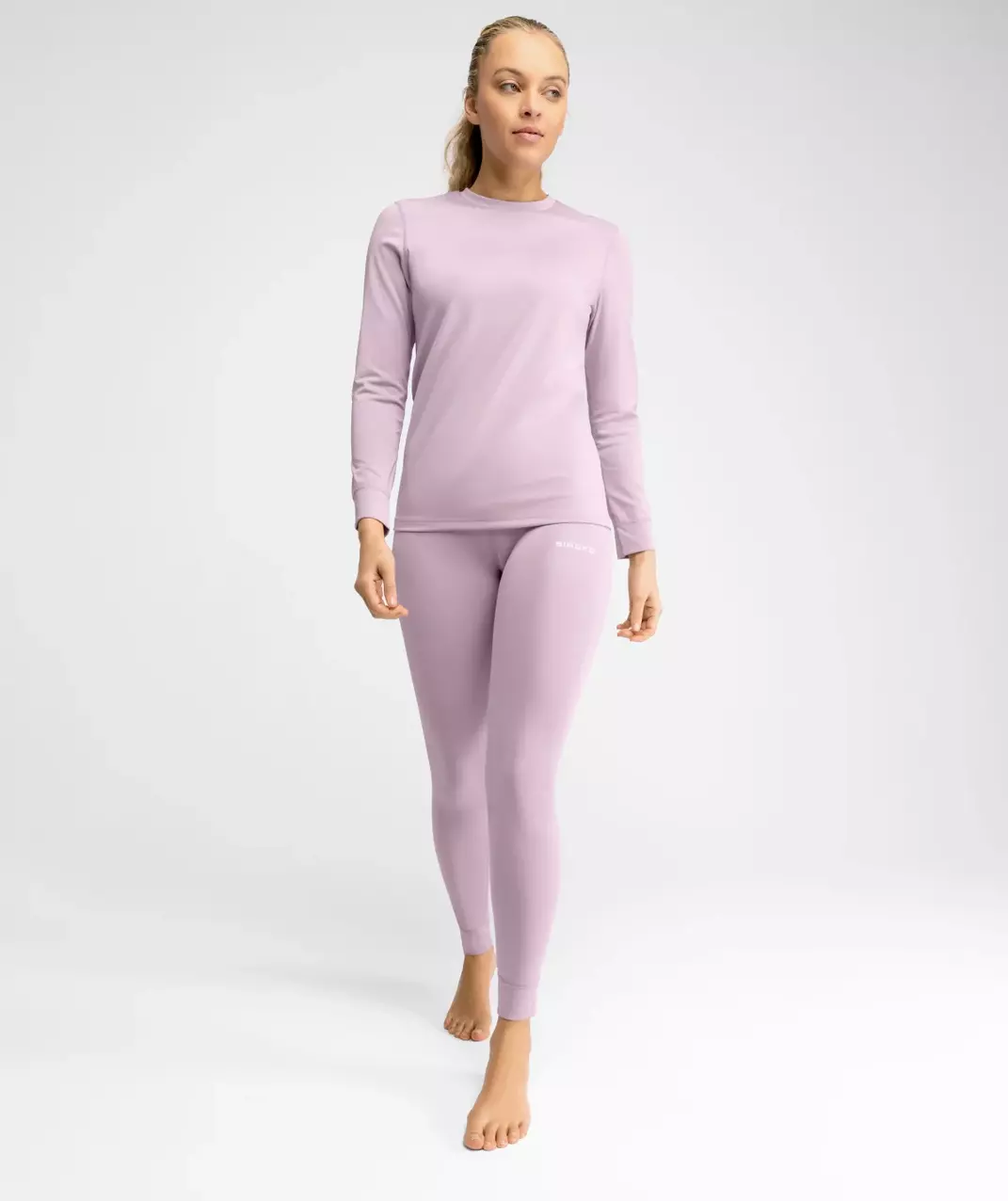
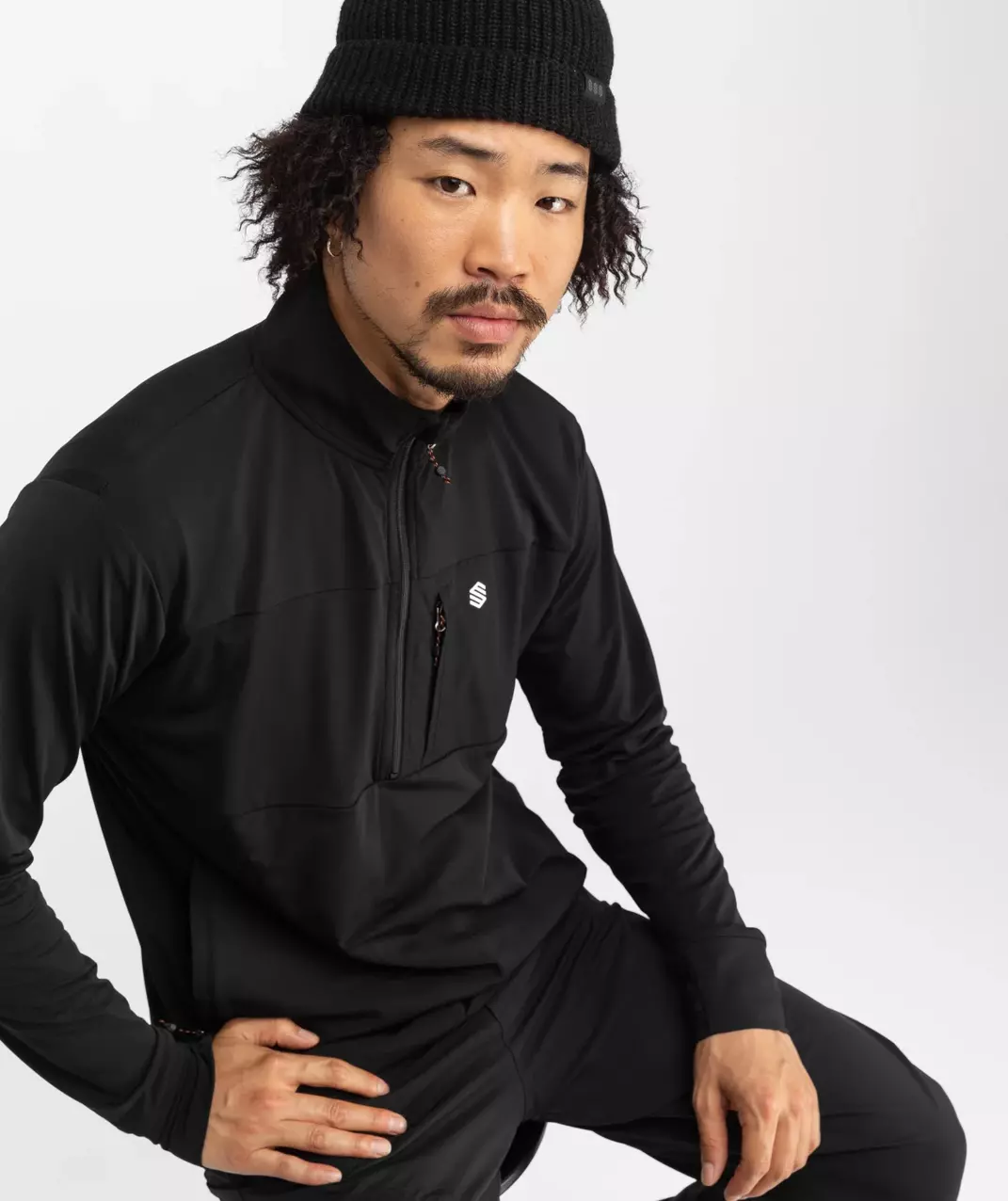
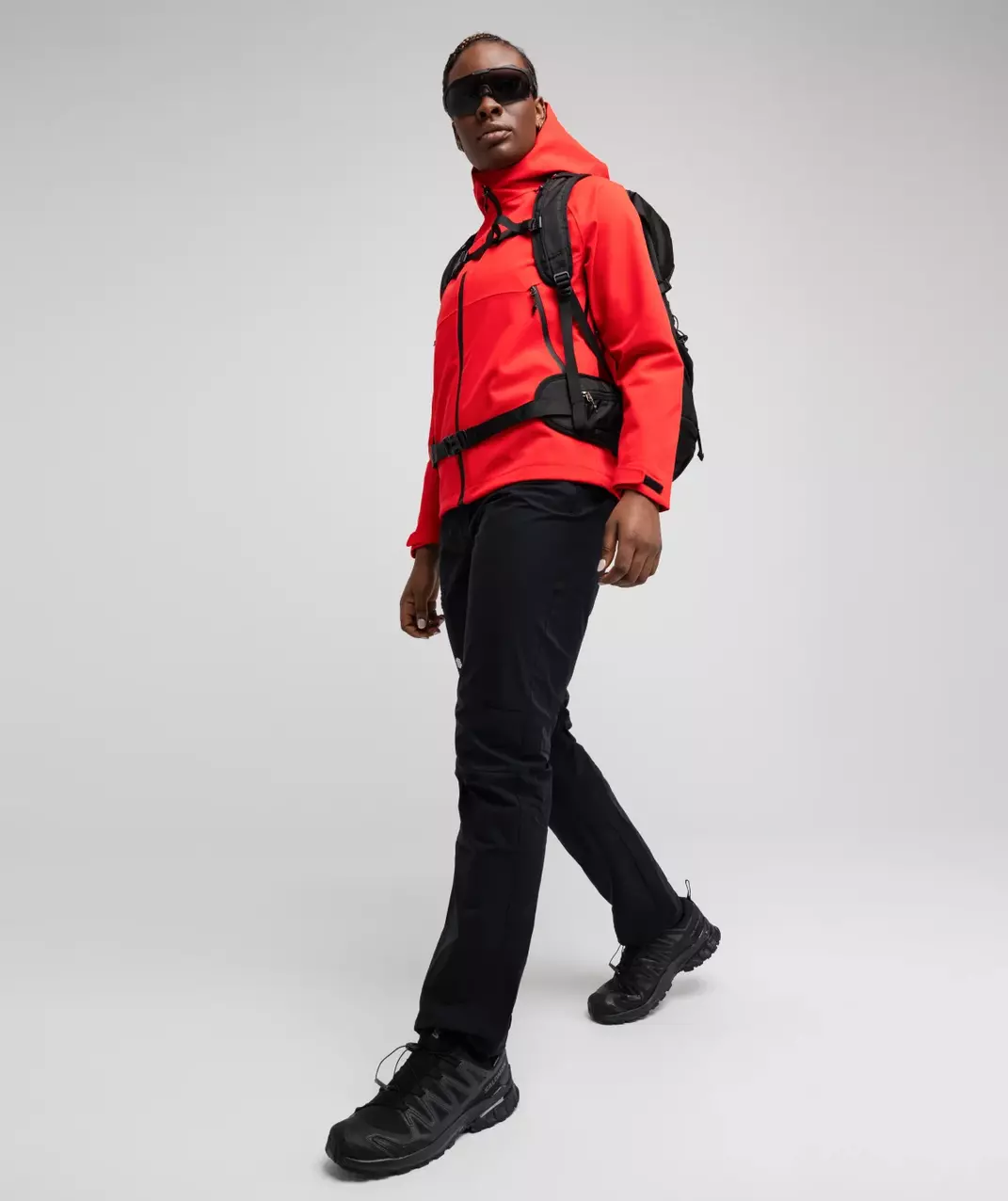
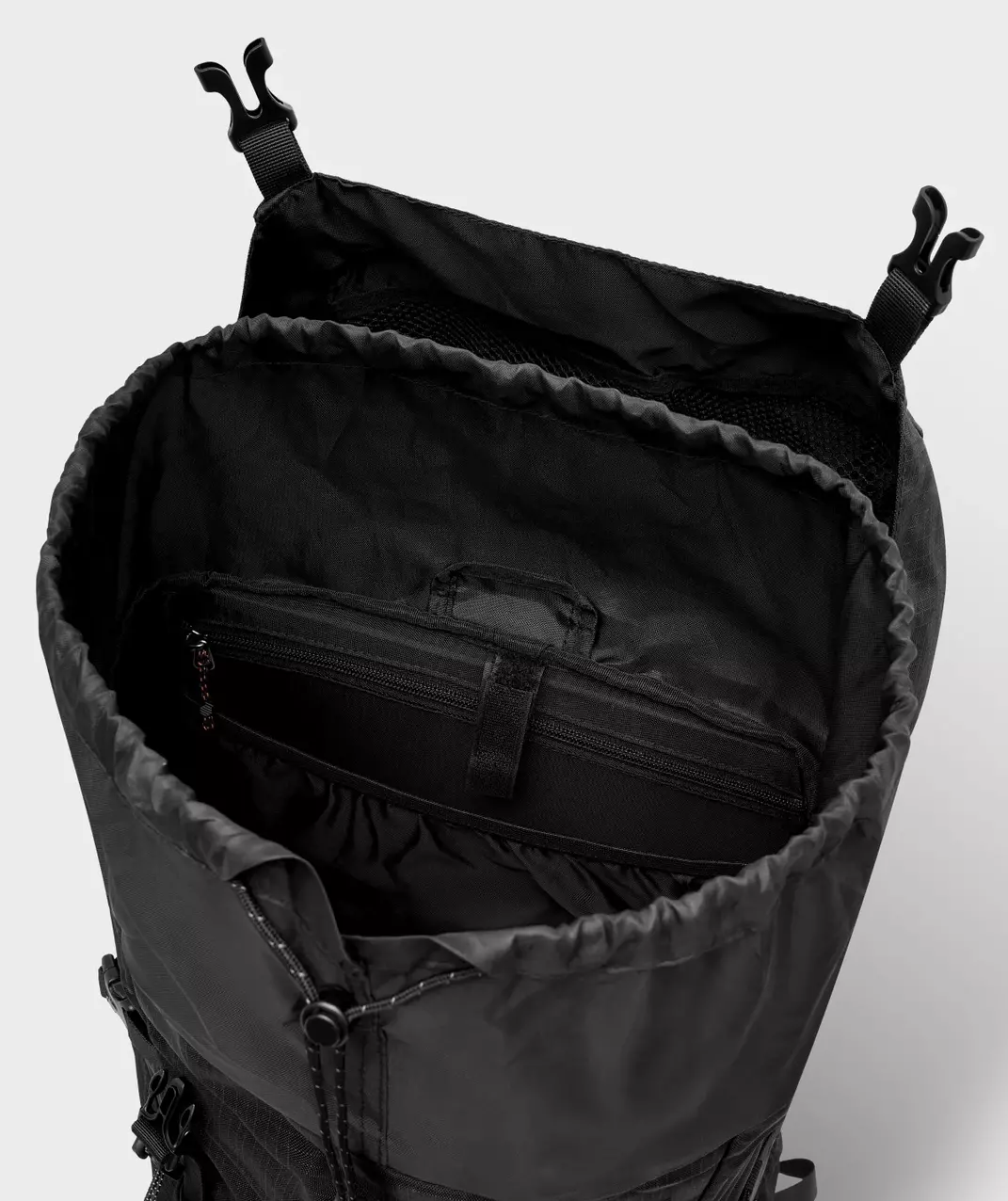
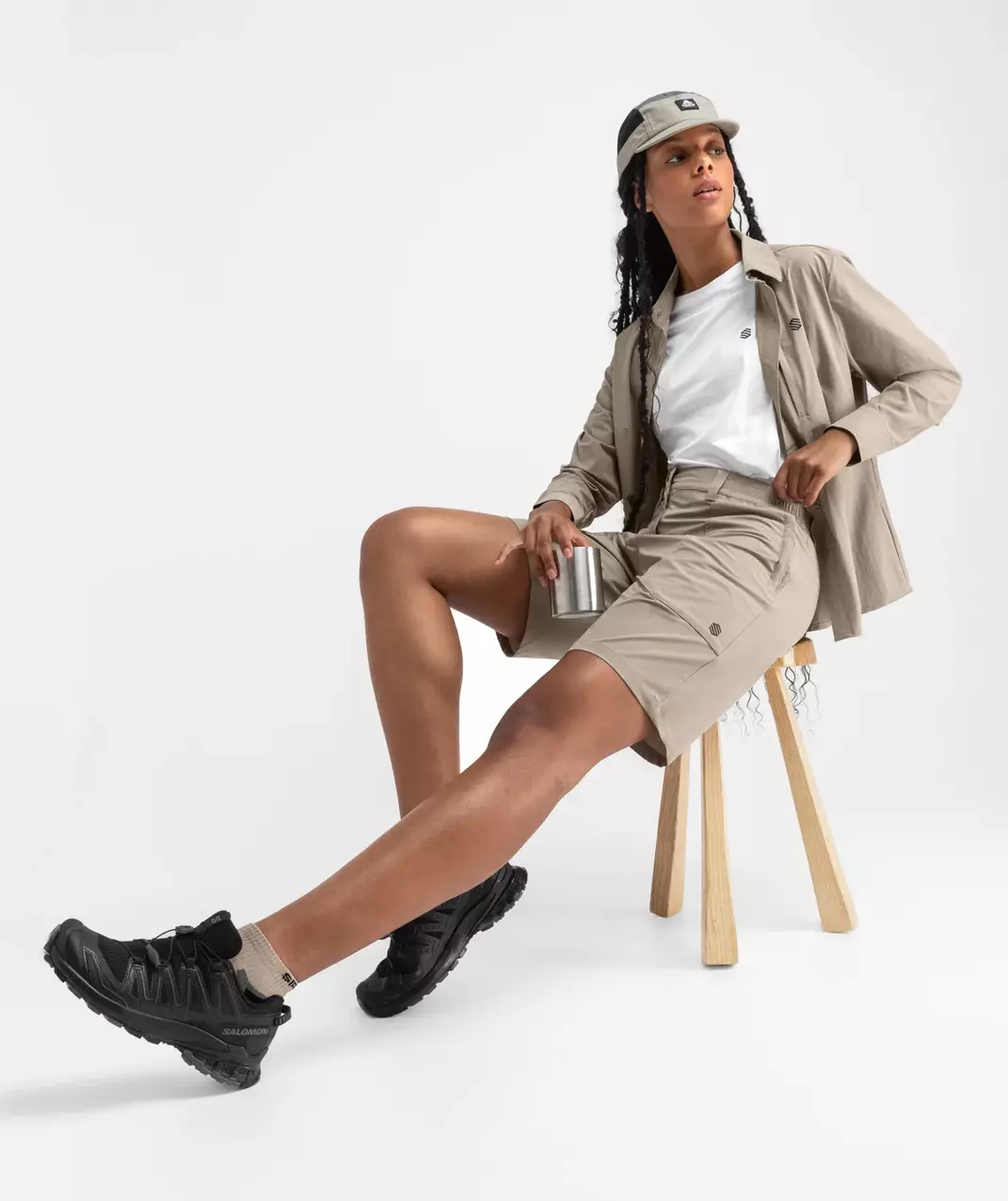
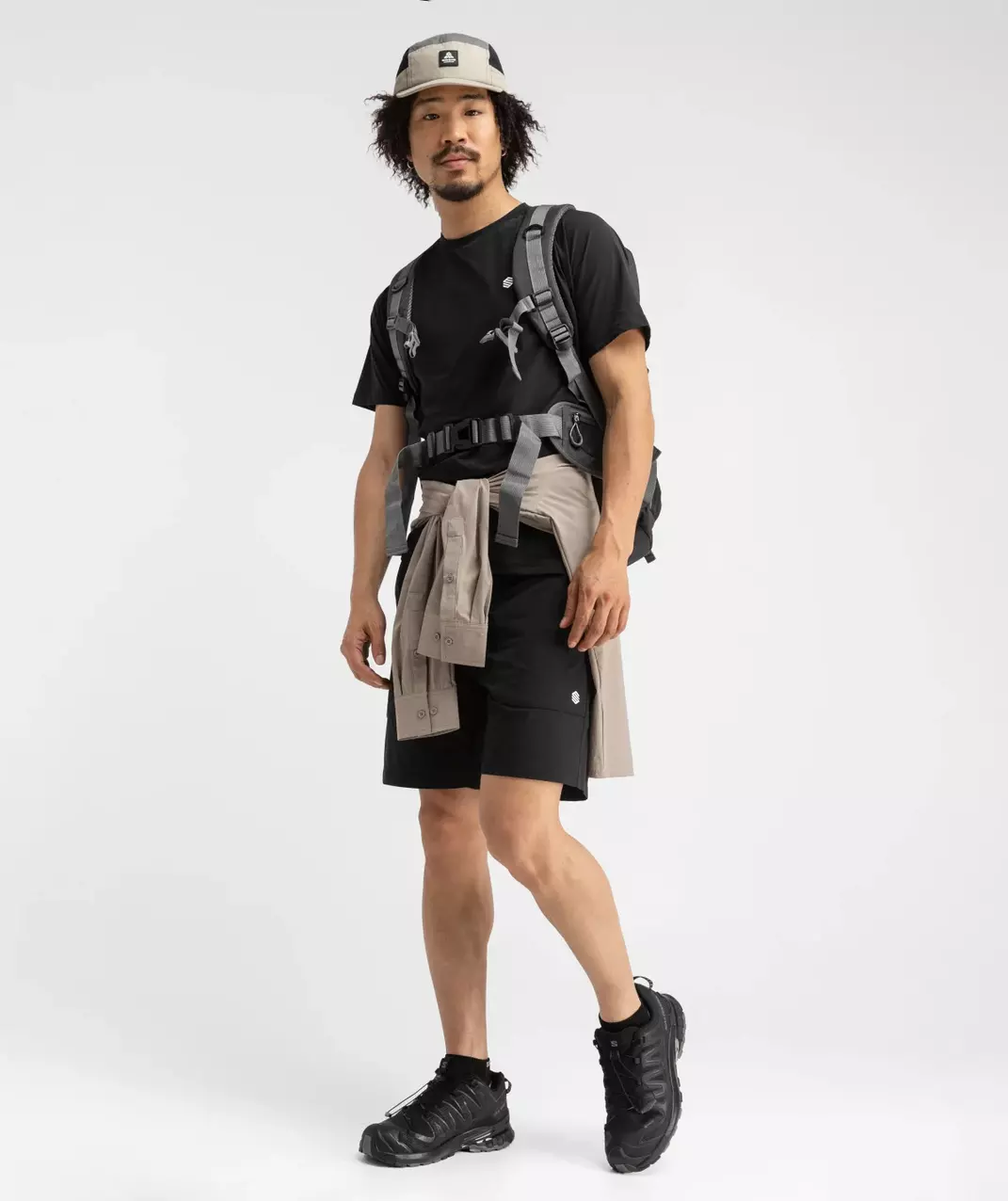
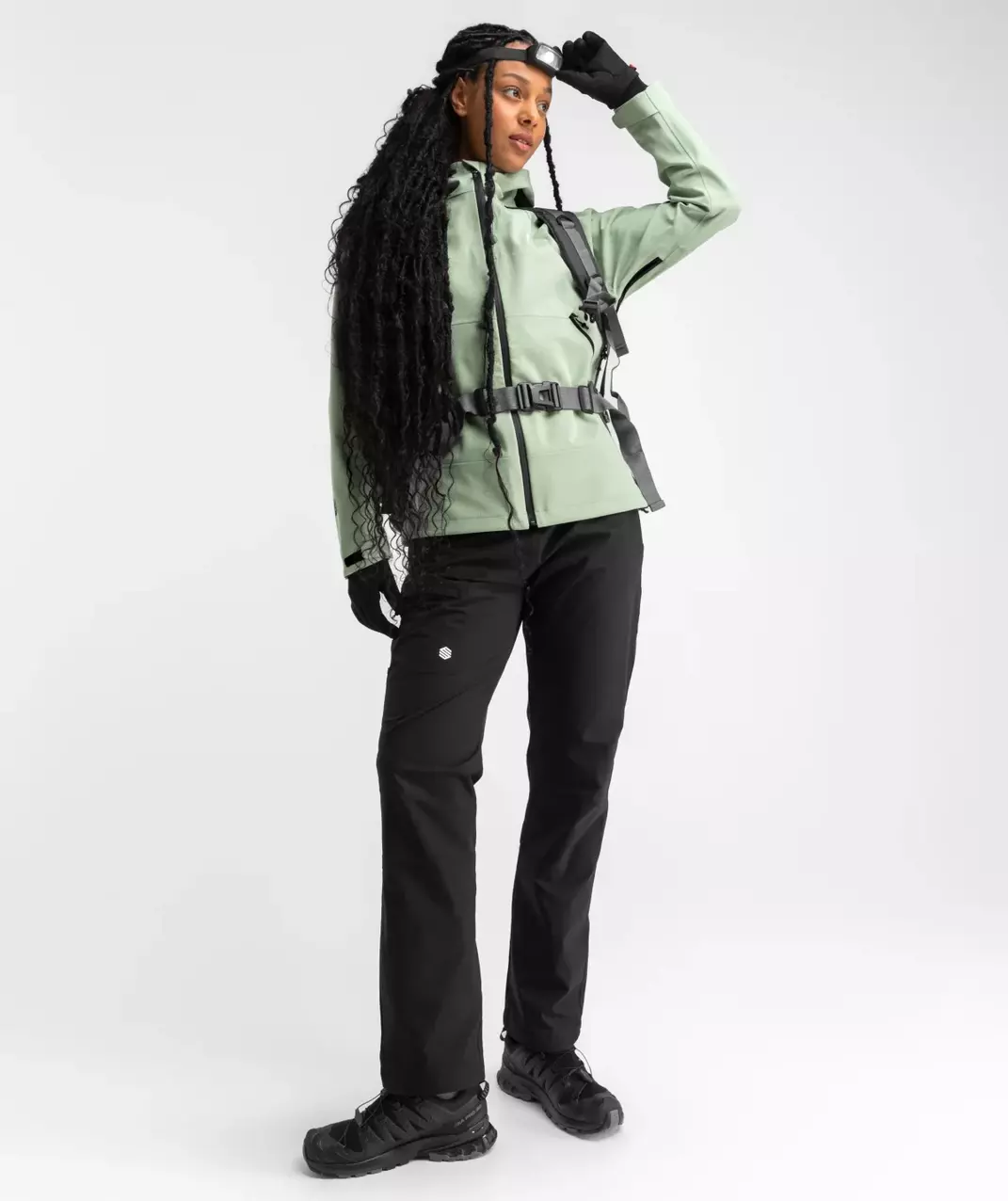
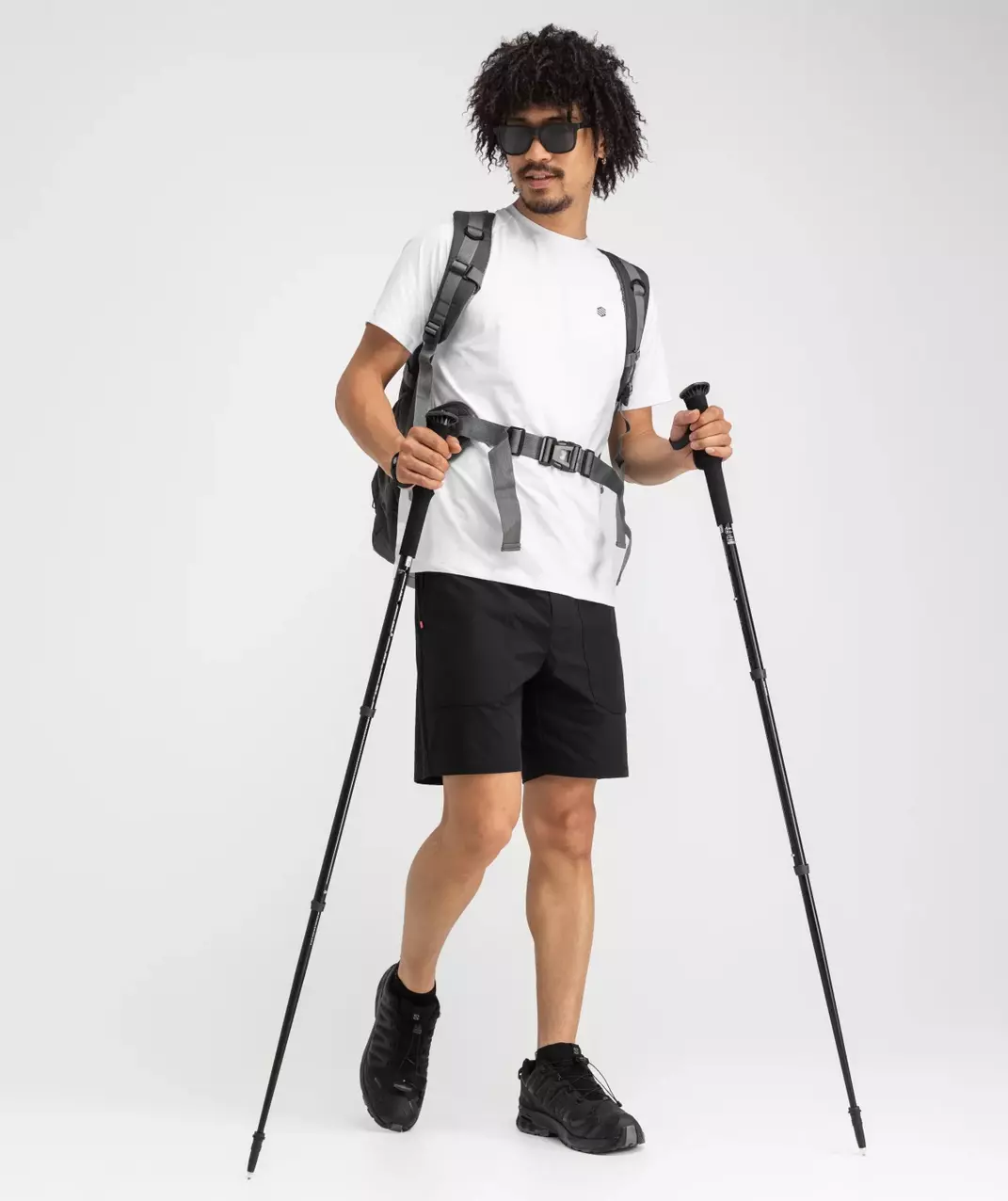
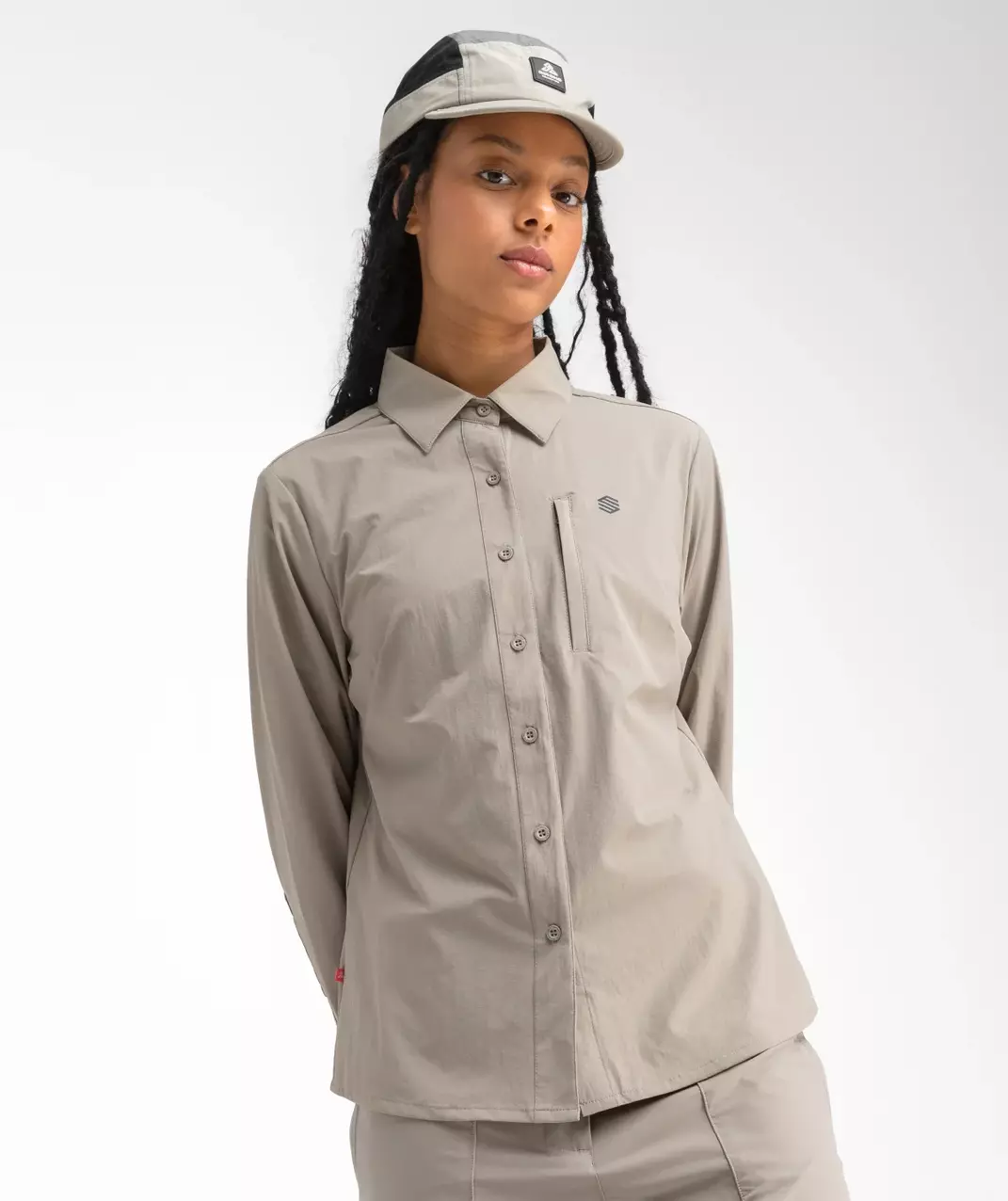























Interested? Submit your enquiry using the form below:
Only available for registered users. Sign In to your account or register here.